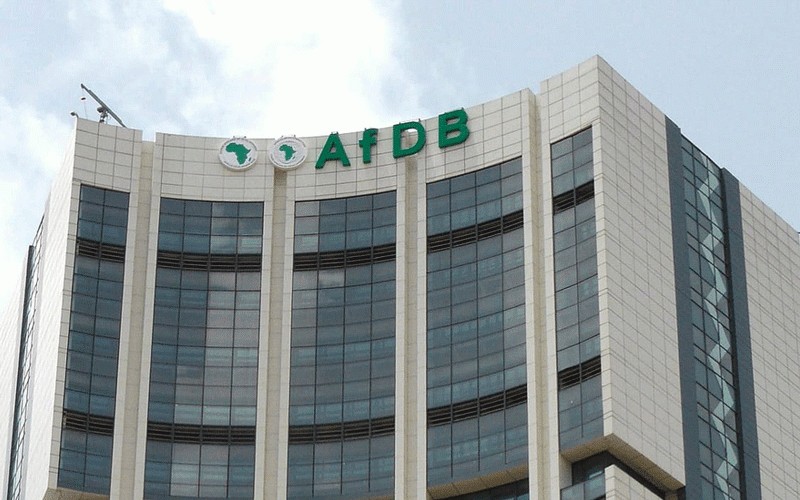
ZIMBABWE has recorded the highest poverty levels across the southern African region although inflation is expected to go down in 2024 as the government maintains a tight monetary policy and global prices decrease, the African Development Bank (AfDB) has said.
In its Southern Africa Economic Outlook report, AfDB said inflation in the region was expected to halve to 6,7% in 2024.
The bank said the biggest deceleration was expected to occur in Zimbabwe — from 184,1% in 2022 to 36,1% in 2024 — as the government maintains a tight monetary policy.
“High poverty and inequality rates remain endemic across the southern Africa region.
“Madagascar (80,7%) and Zimbabwe (64,5%) are recording the highest poverty levels within their respective income group while Mauritius has the lowest rate of poverty incidence (13,5%) within the upper-middle-income country group,” the bank said.
The AfDB warned that the socio-political context could cloud the country’s economic outlook.
“Over 2023-24, six southern African countries are holding presidential and/or parliamentary elections, which could put upward pressure on wages and public spending and challenge fiscal discipline, as well as the implementation of bold structural reforms,” the bank said.
“Southern Africa’s current account balance has deteriorated, recording a slight deficit at -0,6% in 2022, against a 2,9% surplus in 2021.
- Open letter to President Mnangagwa
- Feature: ‘It’s worse right now than under Mugabe’: Sikhala pays the price of opposition in solitary cell
- Masvingo turns down fire tender deal
- Human-wildlife conflict drive African wild dogs to extinction
Keep Reading
“The low deficit in the region’s current account balance is mostly driven by the current account surplus in Angola attributable to high oil prices.”
The AfDB said the largely sluggish performance in South Africa where civil unrest, natural disasters — such as unprecedented floods and droughts, locust infestations, renewed anti-immigrant protest and a cost of living crisis in the run-up to the 2024 national election — compound the electricity crisis to hamper economic growth.
“Intense adverse weather events also contributed to stalled growth in several countries (Zimbabwe, Zambia, Malawi, Madagascar and São Tomé and Príncipe),” it added.
“Yet, the overall subdued growth performance masked positive achievements in some countries.
“Angola recorded a strong economic recovery attributable to favourable oil prices.”
It also said the fiscal deficit moderated a little in 2022 at 3,5% of GDP compared to 3,7% of GDP in 2021.
“No country in the region recorded a double-digit fiscal deficit, but all countries (except, Botswana, Madagascar and Zimbabwe) recorded fiscal deficit above the regional average deficit,” the report said.
The AfDB also noted that five countries have external debt level beyond the threshold of 60% of their GDPs.
“Zambia and Zimbabwe need urgent debt resolution, given the large external arrears and widening sovereign spread exacerbated by a thin domestic market,” it said.
“The outlook for 2023 and 2024 is uncertain because the southern Africa region remains subject to significant downside risks.”
It also noted that climate-related risks could also further worsen the projected economic and social outlook.
“The agriculture sector remains the largest employer in many countries in the region. Environmental challenges hamper inclusive growth and food security and exacerbate existing social and political tensions.
“Weak institutional capacity of most countries — notably Madagascar, Malawi, Mozambique and Zimbabwe — to address climate vulnerabilities amplifies their vulnerability to more severe and frequent adverse climatic events,” the bank said.
The bank also said the private sector continued to play a marginal role in the provision of climate finance in southern Africa because of existing challenges.
“The southern Africa’s capital markets are at different stages of maturity when it comes to attracting investment in green infrastructure.
“Access to capital remains a major constraint for businesses, so is a lack of financial products and bank credit. Thus, investors struggled to place capital in several countries (South Africa, for instance).
“Many southern African countries, notably Angola, Botswana, Namibia, Zambia and Zimbabwe, have low bank lending and relatively high interest rates.
“Furthermore, businesses are reluctant to accept external capital.
“Southern African countries are faced with several market imperfections that create distortions in the risk/return profile of climate-related investment.”
The AfDB also said the region’s natural capital (stock of natural resources and environmental assets) is a major contributor to growth and fiscal revenue, driving investment in physical and social infrastructure.
“Two southern African countries, namely Malawi and Mozambique, have more than 50% of the stock of wealth held in natural capital.
“Eswatini, Madagascar, Zambia, and Zimbabwe have all significant percentages of wealth in natural capital.”
It further noted that climate change was also accelerating the depletion of the natural capital.
“It alters the geophysical conditions, making it difficult for ecosystems to adapt.
“A warmer temperature exacerbates the natural disturbance severities, causing significant modifications to forests and damaging forest ecosystems.”
The bank added:“Countries such as Angola, Mozambique, Zambia and Zimbabwe (among others) with vast forest areas and unique ecosystems are particularly exposed to climate change impacts.”







